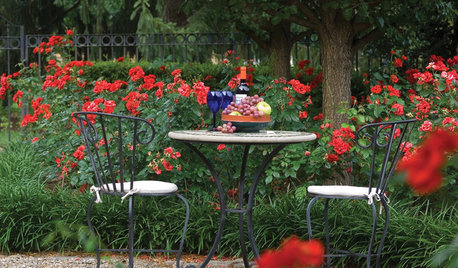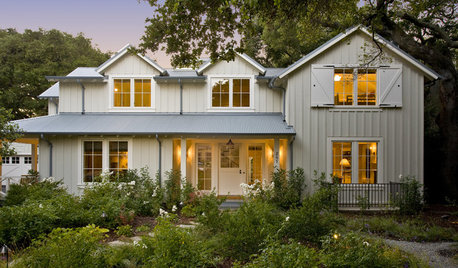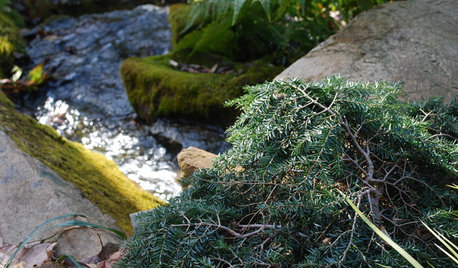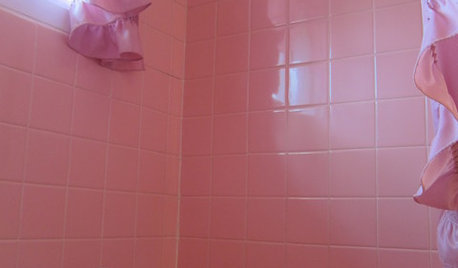Lifespan of a (grafted) rose?
cupshaped_roses
11 years ago
Featured Answer
Comments (21)
strawchicago z5
11 years agolast modified: 9 years agoRelated Professionals
Mountain Brook Landscape Architects & Landscape Designers · Norton Shores Landscape Architects & Landscape Designers · Rancho Cordova Landscape Architects & Landscape Designers · Cedar Hill Landscape Contractors · El Segundo Landscape Contractors · Gaithersburg Landscape Contractors · Gresham Landscape Contractors · Melrose Park Landscape Contractors · Newnan Landscape Contractors · Placerville Landscape Contractors · Plainview Landscape Contractors · Waltham Landscape Contractors · West Covina Landscape Contractors · Weymouth Landscape Contractors · Tyngsboro Landscape Contractorsseil zone 6b MI
11 years agolast modified: 9 years agoroseseek
11 years agolast modified: 9 years agostrawchicago z5
11 years agolast modified: 9 years agostrawchicago z5
11 years agolast modified: 9 years agostrawchicago z5
11 years agolast modified: 9 years agobluegirl_gw
11 years agolast modified: 9 years agocupshaped_roses
11 years agolast modified: 9 years agoseil zone 6b MI
11 years agolast modified: 9 years agoMaryl (Okla. Zone 7a)
11 years agolast modified: 9 years agostrawchicago z5
11 years agolast modified: 9 years agoroseblush1
11 years agolast modified: 9 years agoroseblush1
11 years agolast modified: 9 years agozack_lau z6 CT ARS Consulting Rosarian
11 years agolast modified: 9 years agosaldut
11 years agolast modified: 9 years agosc_gardener
11 years agolast modified: 9 years agofloridarosez9 Morgan
11 years agolast modified: 9 years agobluegirl_gw
11 years agolast modified: 9 years agoroseseek
11 years agolast modified: 9 years agoogrose_tx
11 years agolast modified: 9 years ago
Related Stories

WINTER GARDENINGPruning Secrets for Exquisite Roses
Encourage gorgeous blooms year after year with this time-tested advice on how to prune your rosebush in winter for health and shape
Full Story
GARDENING GUIDES6 Wonderfully Easy Roses for Any Gardener
Look like an expert even if you're just starting out, with these low-maintenance gems of the rose world
Full Story
GARDENING GUIDES5 Red Roses to Stir Garden Passions
Show your devotion to color, scent and more with these regal landscape beauties
Full Story
LANDSCAPE DESIGNWater-Saving Landscaping Ideas for Traditional Homes
Who says you need a lawn and roses in front of your traditional house? Try some of these drought-tolerant beauties instead
Full Story
GARDENING GUIDESGreat Design Plant: Tsuga Canadensis ‘Bennett’
Bennett Canadian hemlock thrives in shade and provides sculptural interest in eastern U.S. gardens
Full Story
FARM YOUR YARDIf You Have Room for Only One Fruit Tree ...
Juice up a small garden with one of these easier-care or worth-the-effort fruit trees for a mild climate
Full Story
TREES11 Japanese Maples for Breathtaking Color and Form
With such a wide range to choose from, there’s a beautiful Japanese maple to suit almost any setting
Full Story
BATHROOM DESIGNTickled Pink in the Bathroom
We asked you to show us your vintage pastel bathrooms — and you responded with a tsunami of photos and comments
Full Story
FALL GARDENING7 Reasons Not to Clean Up Your Fall Garden
Before you pluck and rake, consider wildlife, the health of your plants and your own right to relax
Full Story
GARDENING GUIDES6 Steps to Get a Garden Off to a Glowing Start
Grow a lush, balanced garden from an empty patch of yard or neglected landscape spot with these easy-to-follow guidelines
Full StoryMore Discussions









roseseek